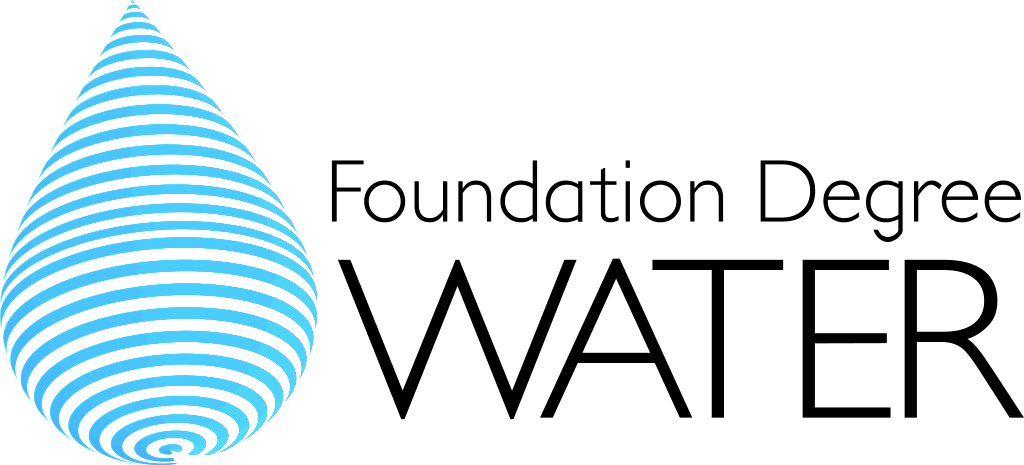Start with the basics!
 On water treatment sites, all workers should be familiar with the “blue card” or water hygiene requirements, therefore one Government mantra that resonates is “Wash your hands“.
On water treatment sites, all workers should be familiar with the “blue card” or water hygiene requirements, therefore one Government mantra that resonates is “Wash your hands“.
Now more than ever it is essential to ensure all staff are regularly washing their hands. Sadly, studies indicate that possibly more than 20% of men do not wash their hands after using the toilet. This will increase the transmission of germs and spread disease and illness. Water is a food source and keeping hands clean, having sanitised washroom facilities, cleansing products, drying facility and bins emptied regularly etc. should be a basic premise.
Upkeeping of the appearance of your site
The appearance of your site conveys an image to all visitors which may at sometime include the Drinking Water Inspectorate. Poor toilet facilities, mismanaged waste, litter and overflowing skips starts to tell a story that all is not well. Pretty soon your contractors behave the same way and the situation is compounded, with the blame (often unfairly) landing on the operational staff. Simple routine housekeeping tasks not undertaken, therefore become a major tidy up, requiring significant expenditure and effort. Site managers should get out and about, all too soon one can become “trapped” in front of a computer screen or transporting from meeting to meeting. It is imperative to understand your sites, the people who operate them and ensure that everyone accessing your site behaves in a manner that fully protects the public water supply.
Project and capital works managers should engage with site staff and understand the simple behaviours that the contractors they employ, need to uphold to keep a clean safe hygienic site. An early relationship established and managed between contracting staff and Operations should result in a smoother safer and improved project! Setting out rules (and checking they are being adhered to!) on where and how to access resources ensures behaviours are adopted by newcomers to site.
Use of hydrants and washouts are a good example where things can go wrong: Connecting on in a clean hygienic manner avoids contamination into the bowl/line and using potable grade dedicated hoses. Routing the hose to avoid clashing with all traffic on site, if a truck pulls the hydrant off then you now have a big problem! Opening and closing the hydrant slowly and steadily can avoid surges that may whip the hose into the air causing injury. Pulling large volumes of water off close to carrier water chemical dosing lines can affect treatment processes. So even simple tasks undertaken without thought can create issues. Best practice includes dedicated hydrant points for hose use/fill points, previously identified as not affecting internal water use. Back syphonage protected stand posts, restricted diameter hoses, signing and guarding and hose ramps for crossing vehicular routes. Each site will have its own special set of circumstances and risk assessments.


